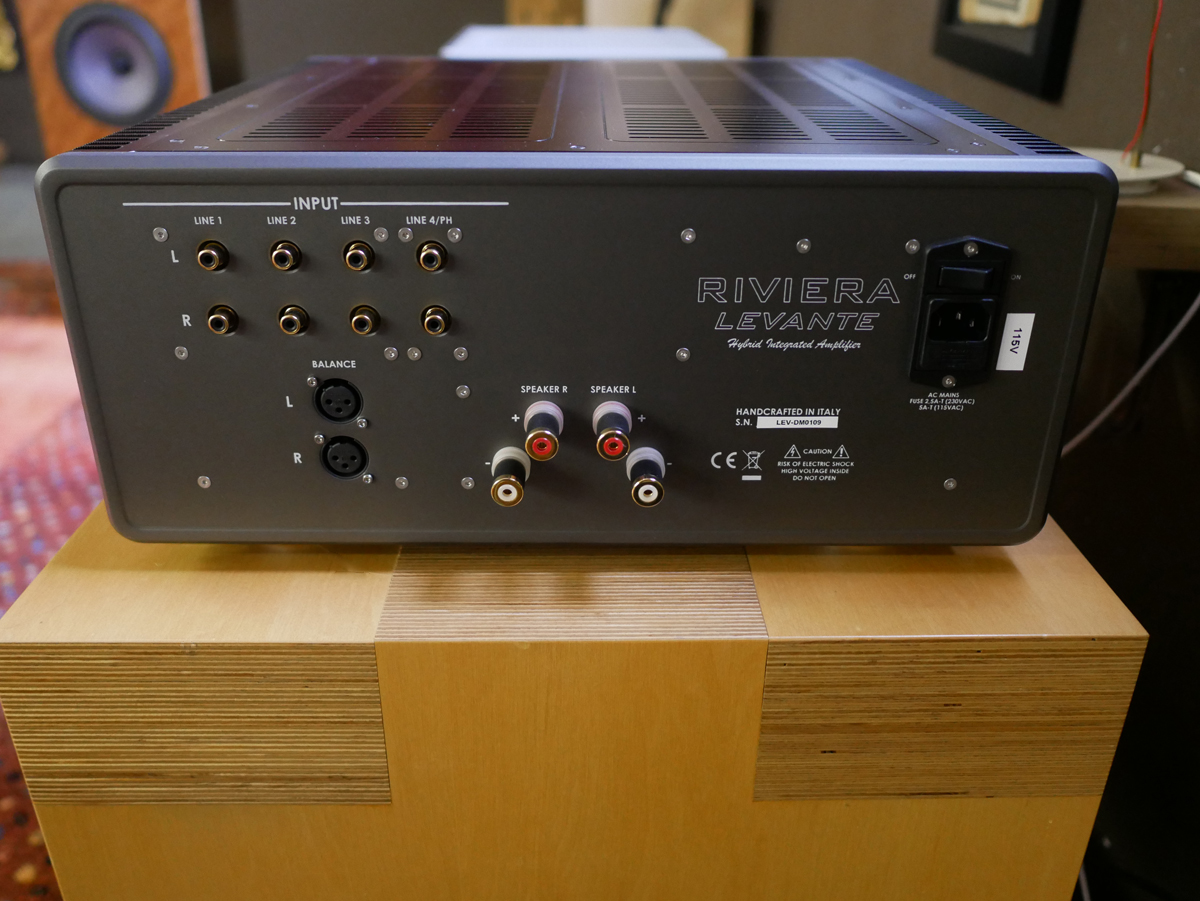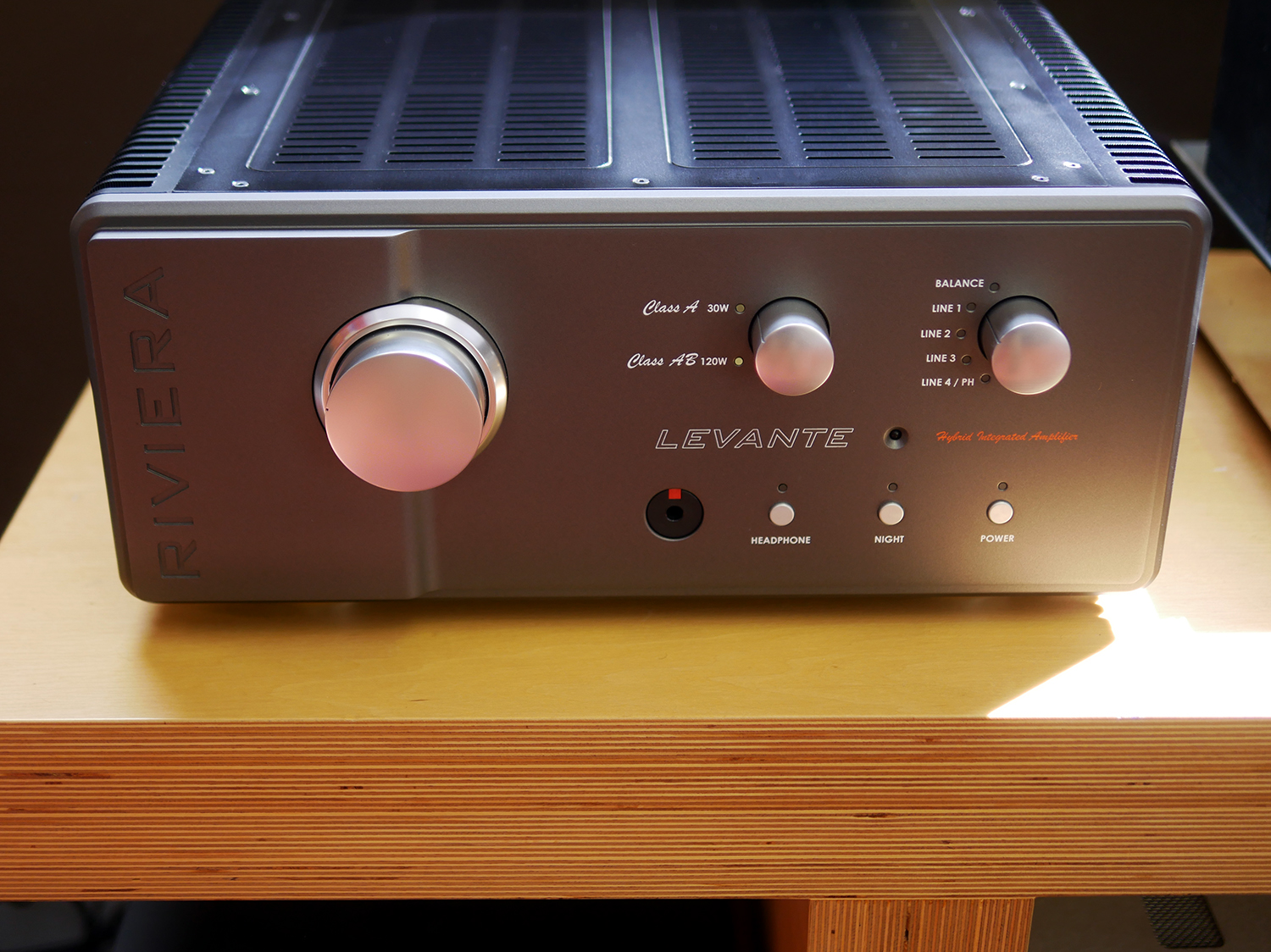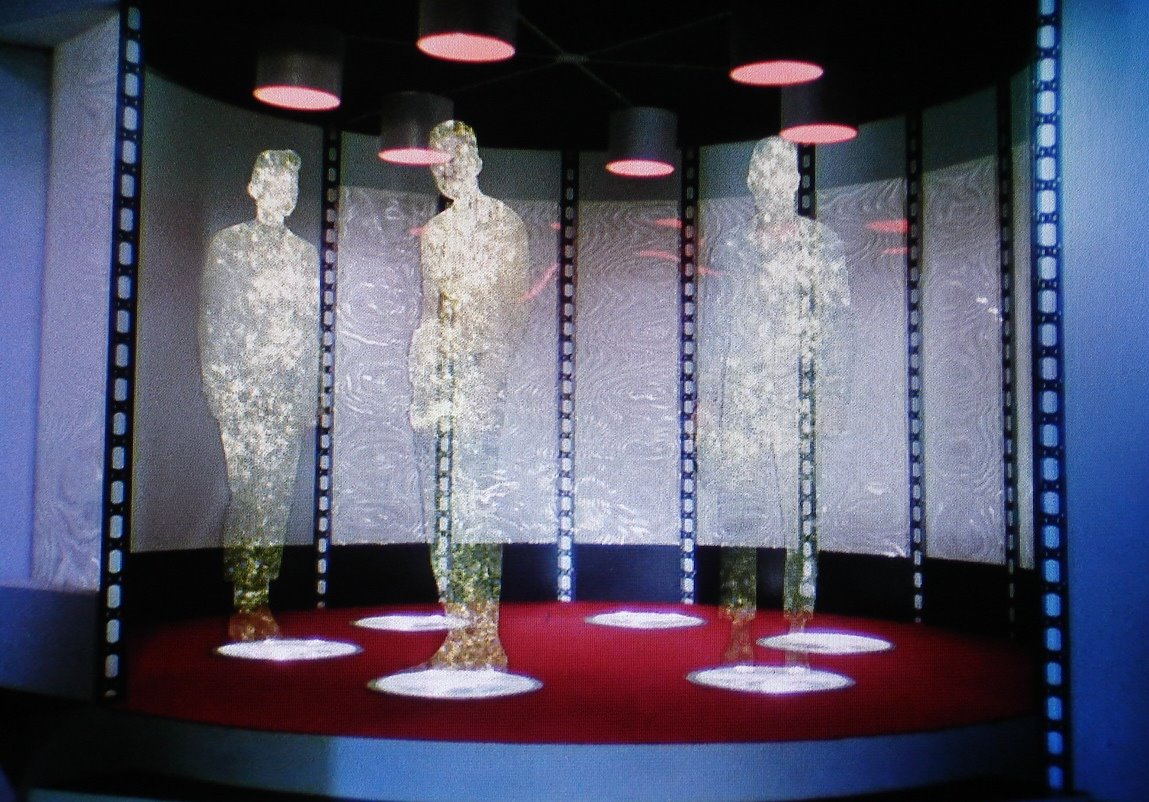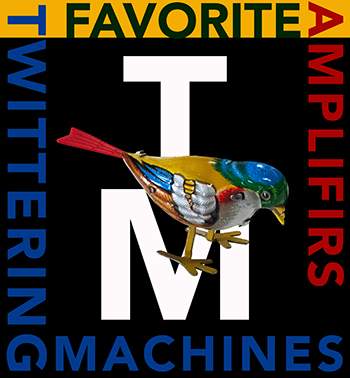
Two of the principals of Riviera Audio Labs, Luca Chiomenti (audio designer and engineer) and Silvio Delfino (sales and marketing) spent a few decades talking about the kind of amplifier they’d like to make, if they ever decided to make one. Five years ago, on their drive from Italy to Munich High End 2016, they decided to do just that and Riviera Audio Laboratories was born.
Luca and Silvio’s amplifier would be designed beginning with its ideal measured performance, which was not driven by test equipment response, it was driven by how our ears work. In a nutshell, Riviera describes this approach as follows – we think that an amplifier generating a distortion spectrum similar to that of the human ear will result in extremely transparent and clean [perceived sound], even if its THD level is relatively high. [footnote 1] In effect, the company set about building an amplifier whose performance was optimized on the test bench in strict relation to the listening experience.

A few additional, and more traditional, building blocks were also defined including Zero Overall Feedback, Class A amplification at every stage, and Hybrid circuitry with a pair of parallel ECC81/12AT7 triodes for signal processing and solid state (Bipolar Junction Transistors and Mosfets) for the power stage. They would design and build everything in-house, including the custom designed transformers, to laboratory instrument-grade quality.
When it came time for production, the amplifier had to satisfy all of these goals on the test bench and in the listening room – a long and accurate musical and bench optimization (with continuous shift from the bench to the listening room and vice versa).
The new Levante Integrated Amplifier is the company’s first integrated and sits at the entry level of the overall product line. The Levante offers 30 Watts of output power into 8 Ohms (60W into 4 Ohms) when run in Class A. The Levante can also run in Class A/B for 120 Watts with the turn of a knob on the unit’s front panel. As mentioned, a pair of ECC81/12AT7 triodes are used as the driver stage for the BJT/MOSFET output, while preamplification is of the passive variety.

The Levante offers five line-level inputs (4x RCA, 1x XLR) which are joined by a pair of speaker binding posts, power toggle switch, and IEC inlet on the unit’s back panel. An optional built-in MM/MC phono stage is in the works. The Levante measures 17” x 19” x 7.5” (w x d x h) and weighs in at a very dense 66lbs. Heat sinks run down both sides of the Levante’s all aluminum body to dissipate that Class A heat, and the top plate is slotted for the same reason.
The front panel houses a (big) volume control knob, headphone jack (1/4”), Class selector knob (A or A/B), input selector, 2 buttons to engage/disengage the headphone amp and Night mode, and a power button. An included aluminum remote controls volume. While a picture may be worth 1,000 words, none of the photos included here can tell you about the experience of interacting with the Levante on a physical level, which I found to be on the exquisite side of the spectrum. That large volume control knob turns with silky yet measured smoothness, and even after hours and days of 24/7 play, the top plate remained warm to the touch, about the same temperature as the belly of a living thing soaking in the sunlight.

The Levante spent its time powering the DeVore Fidelity O/93 speakers, while the Totaldac d1-tube DAC/Streamer and Weiss DAC501 took turns with the bits to analog conversion. Let me say upfront that the DeVore’s are an easy load for any amplifier, so I ran the Levante in Class A for the duration of this review.

Tube Rolling
Let’s begin in the middle. The review unit was shipped with a pair of Mullard ECC81s installed, while the stock JJ ECC81s remained boxed. The company recommends at least 400 hours of initial run-in time, the US Distributor, Tone Imports, put some miles on the review sample before its journey to the barn, and about 30 minutes of play time after it’s been powered off before the unit reaches thermal stability. I spent a good amount of time listening with the Mullards before switching to the JJ triodes to let the Levante settle into the barn and for me to settle into the Levante.

Lael Neale sings in the soprano range, leaning towards the upper registers, at times reaching into ‘Soprano C’ range (around 1k). As such, her music is a nice test for the reproduction of these frequencies. On “How Far Is To The Grave,” from her lovely album Acquainted with Night, her voice jumped out more and became sharper sounding using the stock JJ tubes. I bring this specific song up because it so nicely highlighted the main difference between the Mullards ECC81 and JJ ECC81 tubes – sharp (JJ) versus sweet (Mullard). My distinct preference clearly lay with the Mullard’s softer, rounder, and sweeter sound, which made Neale, and all of the other music for this comparison, sound less strident, less sharp. [footnote 2]
Of course tube rolling, especially in the case of the Levante where the tubes are used as the driver stage for the transistor/Mosfet output, does not offer night and day differences. Rather, different tubes act like subtle spices in a complex dish. Season to taste. The bulk of my review time with the Levante was spent with Mullards in play. What can I say, I have a sweet tooth (ear?).

Thus situated, with the Mullard’s running the driver stage, I settled in for a few weeks of listening. To clarify, this means the Levante was playing music for weeks on end and I spent days in the sweet spot doing nothing but listening and, at times, comparing. The reason I take this kind of time with most things I review is so that my preferences don’t overwhelm my perceptions. I firmly believe that our initial impressions are comparative in nature, so with hifi we tend to fixate on the differences between what we normally listen to and the new thing. Of course this kind of listening and judging has very little to do with the enjoyment of music and I’ve found, through years of experience, that listening over time naturally eliminates comparative mode thus allowing the thing under review to speak for itself.
The Riviera Audio Laboratories Levante speaks with great authority. Here, I’m talking about that sense of controlled, unlimited power that makes music feel dangerous, surprising, and capable of real delight. It’s as if the amplifier and speakers have morphed into one music-making machine. This kind of amp/speaker symbiosis is not all about power, far from it. It is about give and take, a mutually beneficial voicing. With the Levante, the most starling thing about its sound in my system was something I heard, loud and clear, but nevertheless took me time to formulate. To process.
I’ve heard amplifiers with authoritative voices in the barn, most recently the Line Magnetic LM-845iA Integrated Amplifier comes to mind (see review). But one of the unique tricks the Levante had up its sleeve revealed itself after days of listening and thinking about those listening impressions — a fully developed and dimensional sense of harmonic rightness. Or to put in earthier terms, the Levante introduced me to music’s deeper, richer character.

The Levante also reminded me of some of the standout bits and pieces of other integrated amplifiers I’ve had through the barn, all rolled into one. It offered the wonderful nimble and nuanced silk-appeal of the Kora TB140, the power and gusto of the LM845, the clarity and quickness of the Ayre EX-8, and more. As time went by, I realized the Levante was actually giving my music more of all these things as the sum of these reproductive parts are much more engaging when found in one whole. This kind of slow and steadily growing appeal has greater staying power as compared to the wow-factor of some single glaring aspect of reproduction. Balance is sexy.
I want you to picture, and hear, the soundtrack to the original Blade Runner film, composed by Vangelis, with particular attention paid to those slow airborne panning scenes of the city’s dark rain soaked foggy profiles where the accompanying music cascades up and down like water bending over impossibly long arches. If you need help beyond memory, feel free. One difference between the Levante and every other integrated amplifier that’s come through the barn announces itself by making those Vangelis crescendos feel like physical travel through time and space. Music is presented with a fullness, clarity, and force that made me feel like I was being moved, physically, by the sound of music in a near cinematic way. As if my other senses were being lured in for the ride. As if I was falling.
A Winged Victory For The Sullen is a band that strikes all of the right chords with me from their 2011 self-titled debut LP to their recent album Invisible Cities, which was composed for a dance theater production based on Italo Calvino’s novel of the same name. Invisible Cities has a clear relation to the Blade Runner score on the level of describing a city with synth-heavy sound, and I find Invisible Cities as cinematic, rich, and beguilingly beautiful. Listening through the Levante / DeVore system, this music takes on extra-musical qualities where voice, nuance, and movement describe space and time. It really comes down to the Levante’s ability to convey an organic wholeness in reproduction as opposed to ticking off items on the Chineses menu of sound qualities.
Let’s go big! And complex! Ever since I read Hermann Hesse’s Steppenwolf oh so many years ago, Mozart’s Die Zauberflöte has taken up special residence in the magical mysterious section of my brain. I cued up Claudio Abbado’s version on Deutsche Grammophon and let her rip, pumping up the Levante’s volume well passed my normal listening level and strapped myself into the red chair for the ride. Erika Miklósa’s Queen of the Night’s dizzying heights on “Der Hölle Rache kocht in meinem Herzen” pierced my heart with carnival-like Hell’s vengeance. Scale, drama, power, beauty, and a sound image as rock solid as I’ve heard took up residence in the barn much, much larger than life. As Mozart’s movements filled the barn and I got deeper and deeper into Die Zauberflöte, my reviewer brain suddenly kicked in and presented me with one word, like a gift, to add as another important attribute of the Levante’s performance: Finesse. The Levante moves with the music like Fred Astaire in zero gravity.
In terms of comparisons, I do not have another integrated amplifier that comes anywhere near the Levante’s rather hefty price tag and I certainly have no interest in putting any of the fine amplifiers I have on hand in the unenviable position of telling you all about what they don’t do that the Levante does. What would be the point.
To put an even finer point on it, like pinning a butterfly to a page, I was most taken with the Levante’s ability to reproduce harmonic content beyond anything I’d heard before, making each and every instrument, voice, and sound sound more fully formed. Listening to simple powerful music like the Revered Gary Davis performing “Let Us Get Together Right Down Here” from Harlem Street Singer drives home the Levante’s ability to present a Reverend-sized Gary Davis as a solid sound image planted right here in the barn as if my hifi turned into a Star Trek transporter.

OK, here’s a comparison — imagine the sound of lesser amplifiers as the Star Trek transporter getting interrupted by your favorite alien villain, so you are left with a relatively vague, particulated Reverend as opposed to the in-the-fleshness of the Levante’s Gary Davis and his big, badass Gibson Hummingbird sounding so fully-formed you can nearly stick your hand in the sound hole.

Seduction
The Riviera Audio Laboratories Levante Integrated Amplifier is the most seductive piece of hifi gear to spend time in the barn. For those with the requisite wallet, you’ll be doing yourself a great service by letting the Levante introduce you to your music’s endless riches.

Riviera Audio Laboratories Levante Integrated Amplifier
Price: $16,500
Class A / Class AB switch
Pure Class A power 2x30W into 8 ohms
Class AB power 2x120W into 8 ohm (2x200W into 4 ohm)
Zero Feedback
Hybrid circuit
1 balanced line input (XLR)
4 unbalanced line inputs (RCA)
Speaker and headphone outputs
Optional phono card
Remote control
Dimensions: 44 x 49 x 19.5h cm.
Weight: 30 Kg.
Company Website: Riviera Audio Laboratories
US Distributor Website: Tone Imports
- See the Riviera website for more on their approach to Technology.
- If you’re wondering why different tubes sound different, it has to do with their physical construction, so says Captain Obvious. Further, the same tube can sound different in different amplifiers due to different operating environments (e.g. bias, plate voltage, load, etc…) found from amp to amp. Which is all to say that if ever you hear someone declare a “best” tube, they are talking out of their assumptions.

